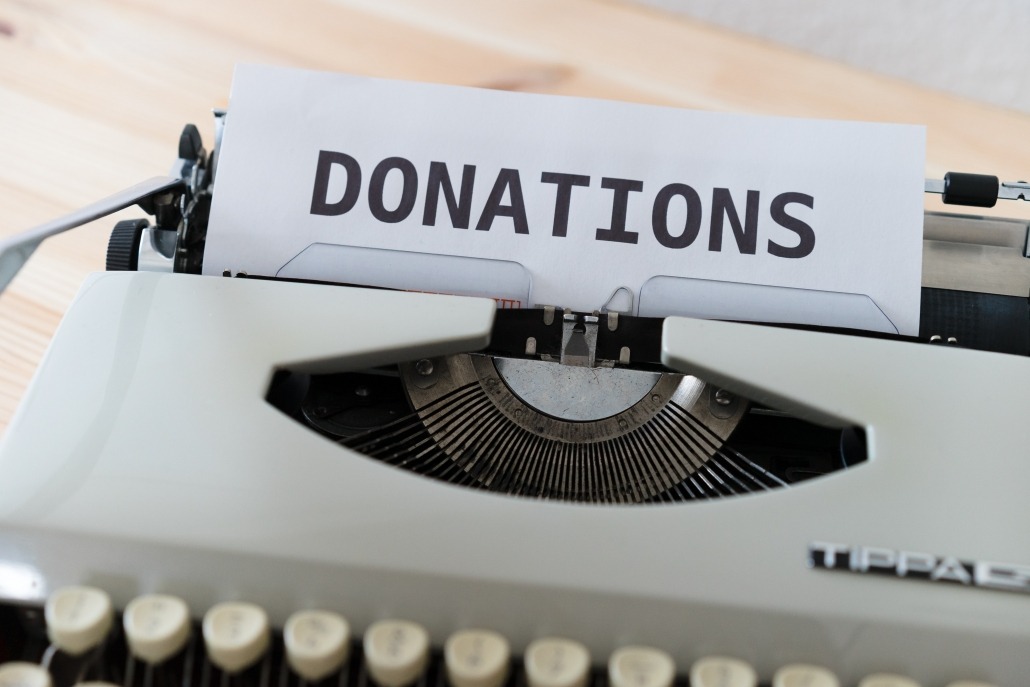


The catastrophic explosion at the port in Lebanon this month weakened a country already laden with economic hardship. While the cause of the blast will be investigated and debated for quite some time, it is clear that the people of Lebanon need support, having had major grain supplies wiped out and potentially depleted within a month. President Macron is thus far the only world leader to have visited the country and to show his presence among the people - taking a physical risk, not only due to Covid-19. A few days ago, he publicly urged world leaders to speed up aid and to ensure that the aid went to legitimate groups working on the ground and not to Hizballah.
It seems that after each global disaster we hear pledges from leaders or organizations calling for help that will go directly to the cause at hand. Sadly, however, history proves that we have an unfortunate global track record of failing to do so.
One of many such examples occurred following the 2010 earthquake in Haiti, when the American Red Cross raised $488m with the goal of providing homes to more than 130,000 people. In actuality, the number of permanent houses that were built was only six (!). The Red Cross did not disclose details on how the money was spent. Internal memos indicated that the group hired the wrong local people for this project.

The Hexa Foundation, employing Orbs blockchain, has been in discussions with multiple organizations and governments regarding the use of blockchain technology for the tracking of funds, in order to ensure that future aid funds do reach their desired destinations.
Many aspects of blockchain technology are useful for this task, but most crucial to understand is that blockchain enables multiple parties who do not trust each other to work together in a transparent manner which does not allow for the altering of data, since all data entered on the blockchain is immutable. This in itself makes following the money trail easier and more efficient.
The idea at the base of this solution is simple - documenting the entire money trail on the blockchain. It means that each and every fund request, fund transfer approval, fund receipt confirmation, supplier onboarding or any other action is recorded immutably on the project’s shared ledger. This platform integrates with standard banking IT and payment platforms, so that users may continue using their existing tools for financial interactions.
The difference is created by the blockchain. Since everything is documented, financial aid funds can be tracked and monitored. There are many benefits to this solution, but they are all dwarfed by one - the financial aid organization and the donors get full visibility, down to the last penny, in real-time, to the project’s use of proceeds. In doing so, it materializes the famous saying: “sunlight is the best disinfectant”.
Our proposal does not change the way that existing financial aid project financing works, only adds a technological layer to facilitate transparency and works as follows:
Using the above framework, it is possible to see how funds - international aid or private donor funds - can in the future be tracked and transferred to the correct recipients, and accounted for.
The core of the technological solution already exists. In fact, Orbs has produced a prototype that can be built upon to create a full solution that would allow for governance, privacy or other issues that are specific to each implementation. An investment in this would be worth the cost since it would prevent billions of aid dollars from being wasted - or even worse - going into corrupt and dangerous hands.
Sadly, there will always be catastrophic events that require humanitarian aid. The current systems to transfer that aid needs to adapt in order to facilitate transparency and accountability. Blockchain can be an important part of that adaptation to provide a complete solution. At the Hexa Foundation, we are working towards it, and though it might not be adopted in time to help Lebanon, it is worth investing in to prepare for the next disaster.
Now it is time for a global decision - is the world ready to see where money goes? The good people of the world should demand it.
···
Hexa Foundation is a non-profit organization focused on using blockchain to create social impact. Part of the Orbs Group, Israel’s largest blockchain group, Hexa Foundation aims to use blockchain for social impact, harnessing the technology to help solve the region’s – and the world’s – most pressing humanitarian problems. To learn more visit www.hexa.org.
···
[1] https://www.nytimes.com/2020/08/09/world/middleeast/beirut-explosions-macron-global-aid.html
[2] https://www.washingtonpost.com/news/morning-mix/wp/2015/06/04/the-red-cross-had-500-million-in-haitian-relief-money-and-it-built-just-6-houses/
We use cookies to ensure that we give you the best experience on our website. By continuing to use our site, you accept our cookie policy.